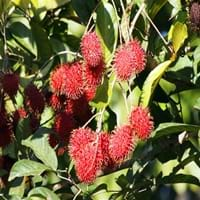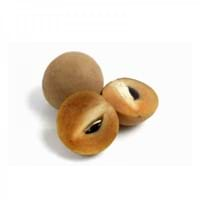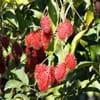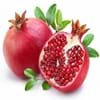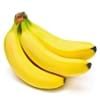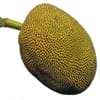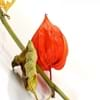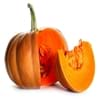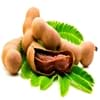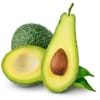Health Benefits
Anti-oxidant properties, Boosts immune system, Skin rejuvenation, Strengthening of bones
Anti-inflammatory properties, Arthritis treatment, Regulates Blood Sugar, Unknown
General Benefits
Antiseptic properties, Cures headache, Removes waste from kidney
Boosts immune system, Controls blood sugar levels, Digestive aid
Skin Benefits
Hydrates skin
Nourishes skin, Protects skin from oxidative stress
Hair Benefits
Good conditioner
Prevents hair loss, Promotes longer and healthier hair, Regulates hair growth
Allergy Symptoms
Chest pains, Rhinitis, Wheezing
Asthma, Red rash, Swelling of mouth, tongue or lips
Side Effects
Unknown
Diarrhoea, Vomiting
Best Time to Eat
As a snack in the late afternoon, Don't consume at night and before bed, Eat the fresh ones, avoid mixing with any other foods, don't eat after meal., Morning time (before lunch)
As a snack in the late afternoon
Vitamin B5 (Pantothenic Acid)
Vitamin C (Ascorbic Acid)
Vitamin E (Tocopherole)
Not Available
Vitamin K (Phyllochinone)
Not Available
Lutein+Zeaxanthin
Not Available
Phytosterol
Not Available
Calories in Fresh Fruit with Peel
Calories in Fresh Fruit without Peel
Not Available
Not Available
Calories in Juice
Not Available
Type
Tree fruit, Tropical
Berry
Season
Early summer, Early winter, Late fall, Late spring
Winter
Varieties
Rongrien, Chompu, Rapiah, Bingjai and Lebak Bulus
Bush Table Queen, Heirloom Table Queen, Festival Hybrid, Early Acorn Hybrid, Table Ace, Ebony and Cream of the Crop
Seedless Variety
No
Not Available
Color
Coral red, Yellow
Dark green, Green-yellow, Orange green
Inside Color
Greyish-white
Not Available
Taste
Sour, Sweet
Sweetish
Origin
Unknown
Central America, North America, Unknown
Soil Type
Clay, Loam
Well-drained
Climatic Conditions
Humid
Cold, Sunny
Facts about
- Oils extracted from its seeds is used to make soaps and candles.
- 'Rambut' means hairy in Malay.
- It makes the best hair mask.
- Seeds are edible and healthy too.
- It was named as Acorn Squash for its resemblance to a large ribbed acorn.
- It is said that squash was being grown in Mexico as long as 10,000 years ago.
- It was the first food cultivated by native American Indians.
Spirits
Yes
Not Available
Cocktails
Yes
Not Available
Top Producer
Thailand
China
Other Countries
Africa, India, Indonesia, Malaysia, Philippines, Sri Lanka
Egypt, India, Iran, Italy, Mexico, Russia, Turkey, Ukraine, United States of America
Top Importer
Singapore
UAE
Top Exporter
Thailand
India
Botanical Name
Nephelium lappaceum
Cucurbita Pepo
Synonym
Rambota
Winter Squash
Subkingdom
Tracheobionta
Tracheobionta
Division
Tracheophyta
Magnoliophyta
Class
Magnoliopsida
Magnoliopsida
Subclass
Rosidae
Dillenhidae
Order
Sapindales
Cucurbitales
Family
Sapindaceae
Cucurbitaceae
Genus
Nephelium
Cucurbita
Species
N. lappaceum
Pepo
Generic Group
Not Available
Not Available
Compare Rambutan and Sapota
It is important compare Rambutan and Sapota as both the fruits have a different nutritional value. Their comparison can be done on the basis of their vitamin and mineral content, calories, benefits as well as characteristics, making it easier for us to choose the best fruit for our diet. Their general health benefits are as follows:
Rambutan Benefits: antiseptic properties, cures headache and removes waste from kidney.
Sapota Benefits: boosts immune system, controls blood sugar levels and digestive aid.
Fruits are also used as a remedy for various hair problems. The hair benefits of Rambutan are: good conditioner and hair benefits of Sapota are: prevents hair loss, promotes longer and healthier hair and regulates hair growth. Some fruits are known to cause allergic reactions. The allergy symptoms of first fruit are: chest pains, rhinitis and wheezing and the symptoms of second fruit are: asthma, red rash and swelling of mouth, tongue or lips. Get sorted Rambutan vs Sapota comparison with the help of fruit comparison tool by fruitvs.com.
